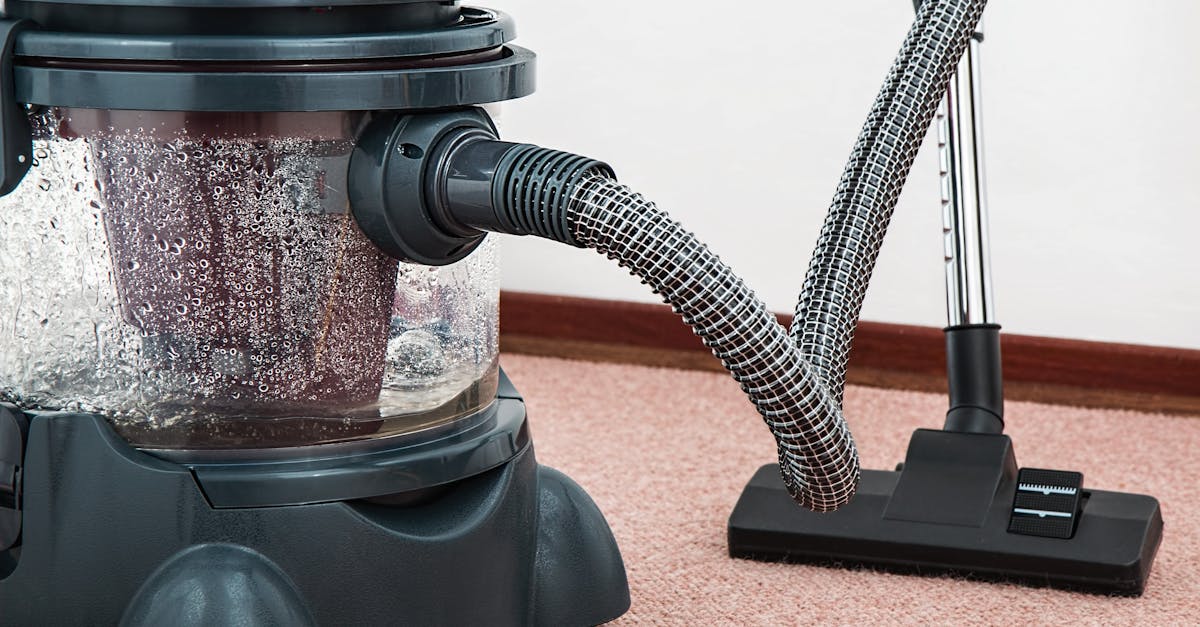What are the 4 categories of cleaning?

Routine Cleaning
Consistency is key when it comes to maintaining a clean living or working environment. Establishing a regular cleaning schedule helps prevent dirt and grime from accumulating. Daily tasks may include wiping down surfaces, doing dishes, and vacuuming high-traffic areas. Weekly routines often involve dusting, mopping floors, and cleaning bathrooms. This approach not only makes the space visually appealing but also promotes overall hygiene.
Creating a chart or checklist can provide a clear structure for tackling these tasks. Incorporating family members or coworkers in the routine can make cleaning more efficient and less burdensome. Designating specific days for particular chores ensures that no area is overlooked. Over time, these habits become second nature, leading to a fresh and organized atmosphere without feeling overwhelmed.
Find out further details by clicking here.
Establishing a Regular Cleaning Schedule
Creating a cleaning schedule helps maintain an organized and tidy home. By assigning specific tasks to certain days of the week, individuals can prevent overwhelming clutter from building up. Consistency is key; dedicating just a few minutes each day for small tasks can simplify larger cleanings that might feel daunting if left undone. This technique fosters a sense of accomplishment and encourages adherence to the routine.
In addition to daily tasks, incorporating weekly and monthly cleaning goals can enhance overall cleanliness. Assigning deeper cleaning duties, such as dusting or vacuuming, during designated times can ensure that all areas of the home receive attention. Using a planner or a digital calendar can serve as helpful reminders, supporting a system that works for any lifestyle. Adjustments can be made based on personal preferences, making it a flexible option for various households.
EcoFriendly Cleaning
Eco-friendly cleaning focuses on using products and methods that minimize environmental impact. These practices often involve natural ingredients that are less harmful to both human health and the ecosystem. By choosing biodegradable cleaners and avoiding harmful chemicals, individuals can create a safer living space while also contributing to a more sustainable planet.
Sustainable cleaning practices can include using reusable materials, such as washable cloths and mops, instead of single-use disposables. Additionally, incorporating energy-efficient appliances can further reduce ecological footprints. People can also make their own cleaning solutions at home using items like vinegar and baking soda, which are effective and environmentally friendly alternatives.
Sustainable Practices for a Healthier Environment
Sustainable cleaning practices focus on using products and methods that minimize environmental impact. Choosing biodegradable and non-toxic cleaning agents is essential to protect both human health and the ecosystem. Reusable cleaning materials, such as cloths and mop pads, reduce waste and can be more effective than disposable alternatives. Incorporating vinegar, baking soda, and essential oils into your cleaning routine offers a natural and safe way to achieve cleanliness without harsh chemicals.
Implementing energy-efficient practices is another vital aspect of sustainability in cleaning. Utilizing cold water during laundry cycles saves energy and promotes the longevity of garments. Additionally, opting for eco-friendly appliances and tools can significantly reduce energy consumption in the cleaning process. Encouraging a culture of sustainability within your household not only enhances the environment but also raises awareness about the importance of conscious consumerism.
Seasonal Cleaning
This type of cleaning occurs at specific times of the year to address tasks that are often overlooked during routine cleaning. It focuses on decluttering and deep cleaning areas that may have accumulated dust or dirt, like attics, basements, and closets. Many people take advantage of the change in seasons to refresh their living spaces. Preparing your home for winter involves inspecting heating systems and cleaning out gutters, while spring cleaning often includes washing windows and carpets.
A well-planned approach helps maximize efficiency and ensures that crucial tasks are not neglected. Creating a checklist tailored to seasonal needs can streamline this process, allowing for a thorough assessment of areas that need extra attention. Involving family members in this effort can foster teamwork and make the experience more manageable and enjoyable.
Preparing Your Space for Changing Seasons
As seasons change, adjusting your cleaning routine becomes essential to maintain a fresh and inviting environment. This process often involves decluttering and organizing spaces that have accumulated items throughout the previous months. For example, swapping out seasonal decorations can rejuvenate your home and create a warm atmosphere. Additionally, focusing on areas that may be neglected during the year, such as attics and basements, helps ensure a thorough cleaning.
Incorporating seasonal cleaning tasks can also enhance the comfort of your living space. Dusting off outdoor furniture in the spring prepares for relaxed summer evenings outdoors. During fall, cleaning gutters and prepping your home for winter can prevent future issues. By aligning your cleaning practices with the changing seasons, you foster a welcoming atmosphere and prioritize your home’s maintenance needs.
FAQS
What are the four categories of cleaning?
The four categories of cleaning are Routine Cleaning, Eco-Friendly Cleaning, Seasonal Cleaning, and Deep Cleaning.
How often should I perform routine cleaning?
Routine cleaning should be performed regularly, ideally on a daily or weekly basis, to maintain a clean and organized living space.
What are some eco-friendly cleaning practices I can adopt?
Some eco-friendly cleaning practices include using natural cleaning products, minimizing water usage, recycling cleaning materials, and opting for reusable cleaning supplies.
Why is seasonal cleaning important?
Seasonal cleaning is important as it helps to address specific cleaning tasks related to changing weather, such as removing allergens, preparing outdoor spaces, and organizing items that may not be used during certain seasons.
What is the difference between deep cleaning and routine cleaning?
Deep cleaning involves a thorough cleaning of your home, focusing on areas that are often overlooked, while routine cleaning involves regular maintenance tasks to keep your home tidy and clean.
Related Links
What's another name for janitorial services?What does a janitorial employee include?